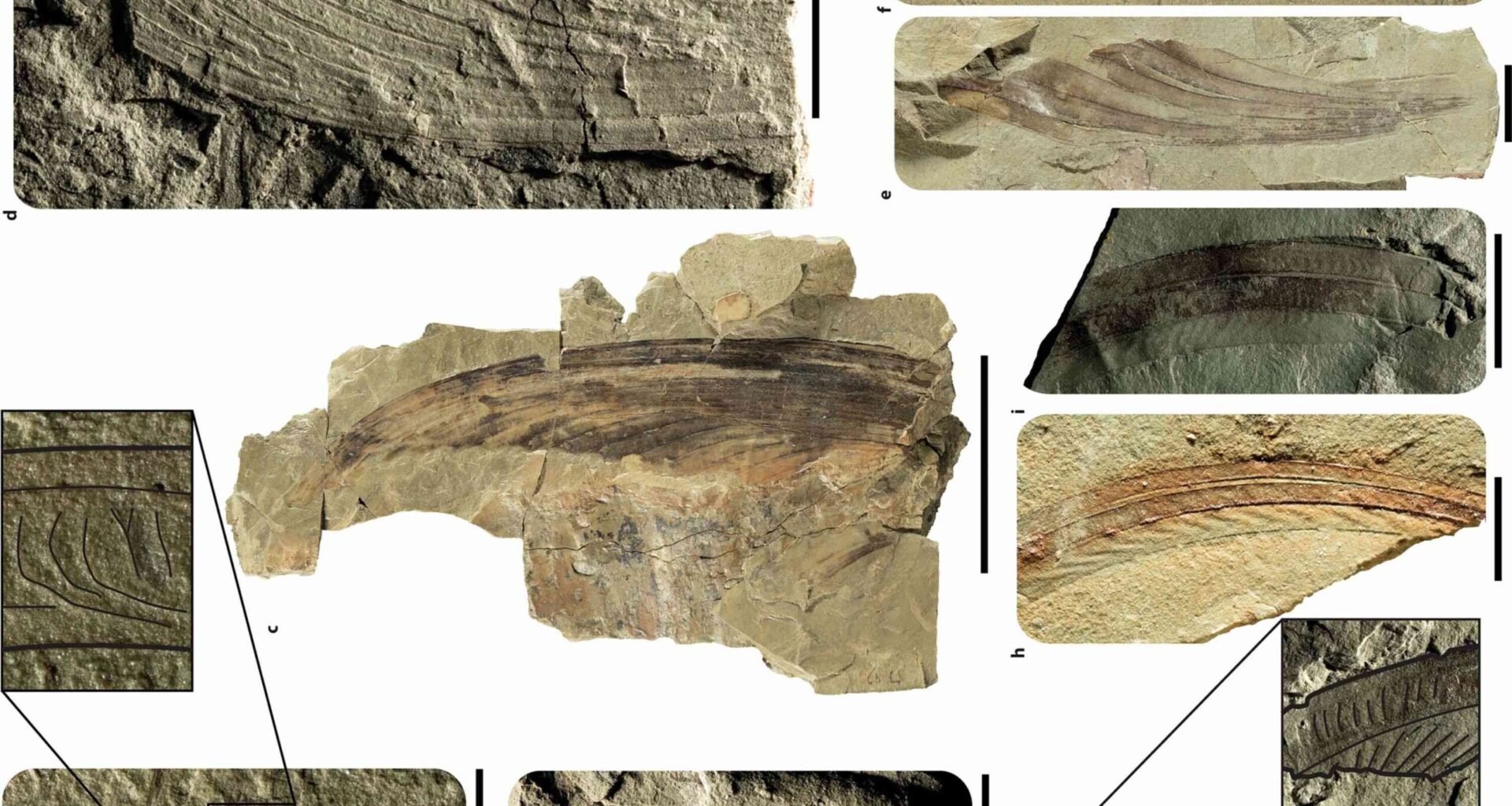A fossil found in northeastern France has revealed a prehistoric reptile with monkey tail unlike any seen before, combining traits of both monkeys and lizards. The species, named Mirasaura grauvogeli, lived about 247 million years ago during the Middle Triassic period. Its discovery offers fresh insight into how early reptiles developed unique body structures long before dinosaurs dominated the planet.
The fossil was unearthed at the Grès à Voltzia site, a location celebrated for preserving some of the finest prehistoric remains in Europe. Paleontologists say the reptile’s distinct features – particularly its unusual back crest and tail – make it a key piece in understanding the diversity of ancient species.
A species blending reptile and monkey features
One of the most unusual features of Mirasaura grauvogeli is a tall crest running along its back. Unlike feathers, scales or hair seen in modern animals, this sail-like structure appears to represent an entirely new type of skin covering. Some of these elongated structures reached nearly six inches in height, creating a fan-like display that likely made the animal highly visible.
Experts believe the crest may have been used for communication or display, similar to how peacocks show their feathers today. Microscopic analysis revealed color-related structures more comparable to bird feathers than typical reptile skin, suggesting early reptiles might have developed more complex display features than previously assumed.
A window into early reptile evolution
Researchers classified the fossil as part of a little-known group of reptiles called drepanosauromorphs, which branched off long before dinosaurs appeared. These animals are known for their odd anatomy, and this discovery reinforces that reputation.
Experts who studied the fossil describe it as both remarkable and strange. Its body length nearly matched the length of the crest, hinting at an evolutionary experiment not seen in any modern animals. The fossil also carries historical significance — it was preserved in the care of a French family for decades before being donated to the Stuttgart museum in 2019, where further study confirmed it as a new species.
Paleontologists say the find expands understanding of how body coverings evolved among reptiles and could prompt scientists to revisit other fossils from similar periods. The discovery also deepens comparisons with other rare prehistoric species, revealing just how diverse life was in the ages before dinosaurs.
